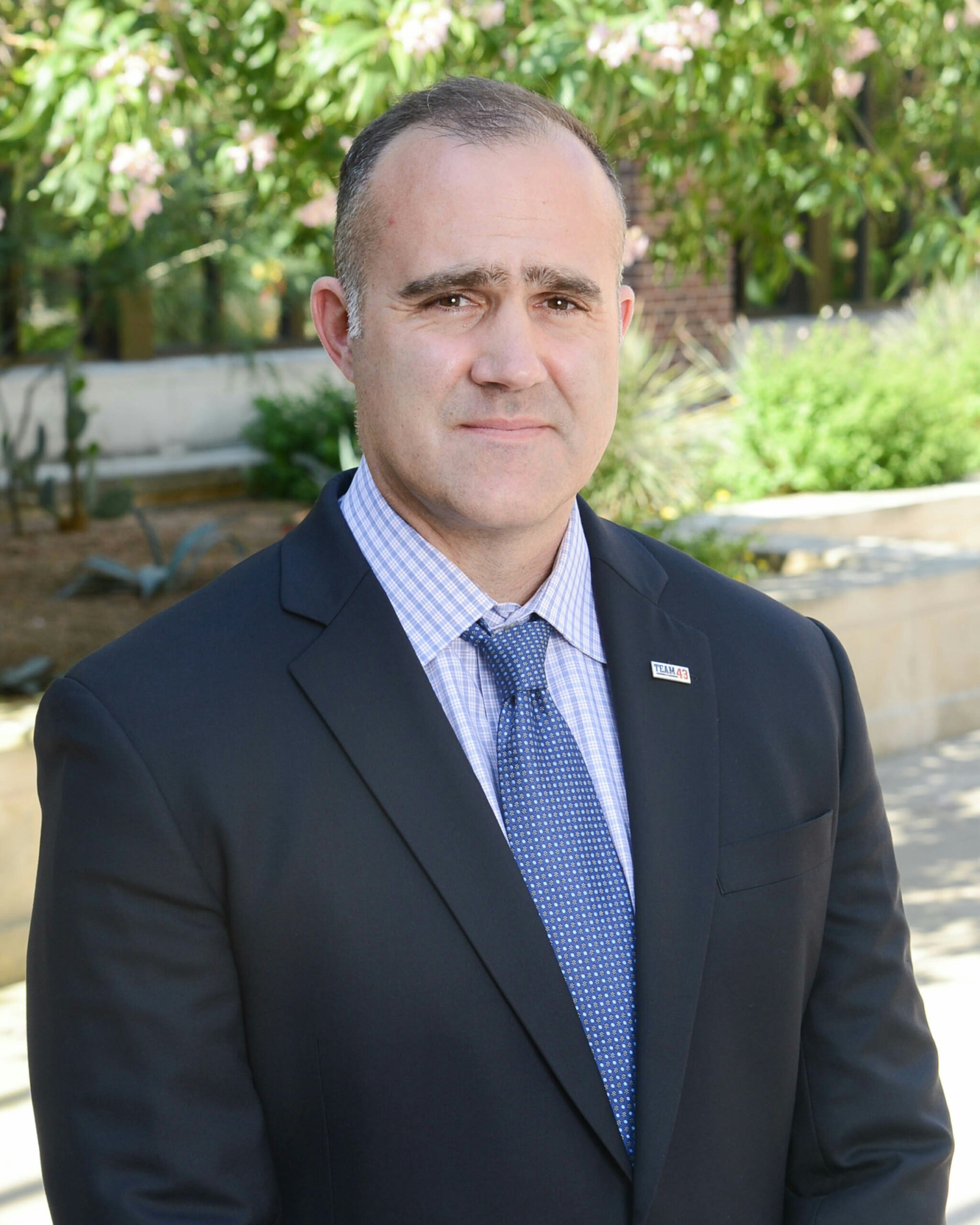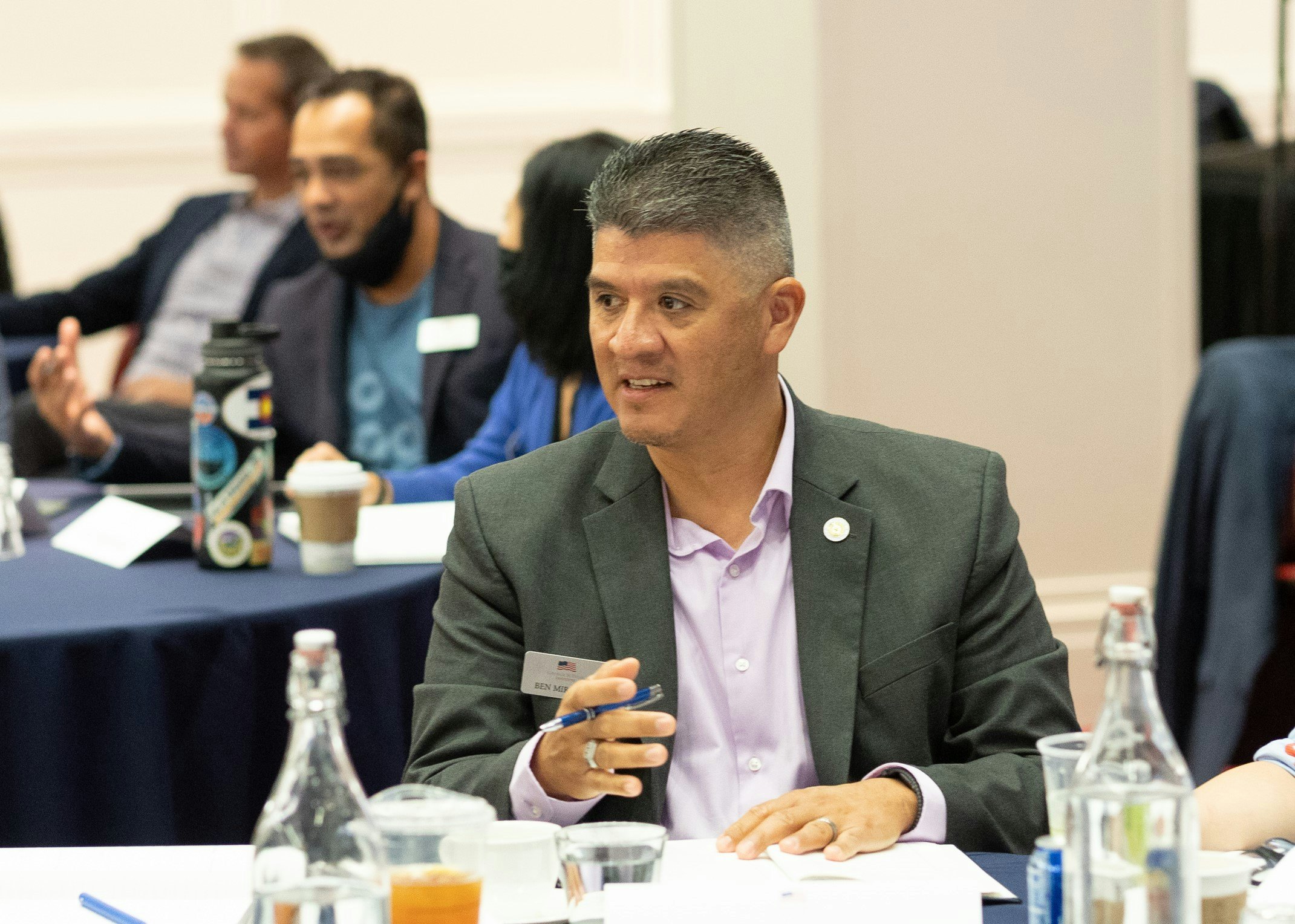Broken narratives and false information about the invisible wounds of war only hurt our veterans.
Reports linked the recent shooting in Thousand Oaks, California to post-traumatic stress disorder (PTS/D). This is misleading in many ways, starting with the fact that violent behavior is not a common symptom of PTS/D.
PTS/D is a human reaction to traumatic events that creates feelings of disconnection and emotional numbness. Different scenarios can be a trigger and bring back memories of the trauma accompanied by intense emotional and physical reactions. And this is not just a veteran issue.
Lisa Jaycox, a behavioral scientist and clinical psychologist at the Rand Corp, said in a LA Times interview, “It’s much more common to be exposed to [PTS/D] through community violence, sexual violence or sexual assault.”
So why are we, as a society, creating callous stereotypes about our veterans and PTS/D? We are inflaming the story and the diagnosis, creating an unfriendly environment.
Here are the facts from a veteran standpoint: Fifteen to 20 percent of post-9/11 veterans come home with symptoms of PTS/D. Two-thirds feel ashamed, discredited or disgraced and won’t seek treatment. And, 80 percent of post-9/11 veterans in a George W. Bush Institute survey believe that a PTS/D or traumatic brain injury (TBI) diagnosis might hurt employment prospects.
We need to stop sharing broken narratives and false information about the invisible wounds of war. Through the decades PTS/D has been called many things: nostalgia, soldier’s heart, irritable heart, shell shock, and war neuroses, to name a few. Despite the label, each generation has experienced similar shame and embarrassment. Much of it stemming from careless characterizations. Instead of talking about PTS/D behind closed doors, the conversation needs to shift to an open dialogue where veterans feel empowered to get help.
We know treatment for the invisible wounds of war works. Research shows approximately 50 percent of veterans respond well to the best available care—cognitive processing therapy and prolonged exposure therapy. We should create an environment where our warriors don’t feel reluctant to pursue treatment, and we need to stop pointing fingers at the invisible wounds of war when a tragedy occurs.
We need to inform, not inflame.































